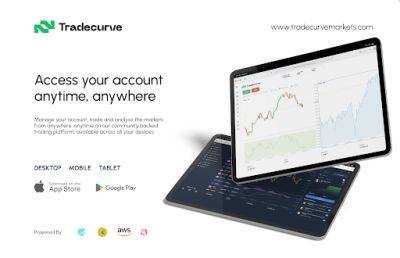Central banks will face unfamiliar challenges to achieve CBDC inclusivity, study says
A common argument made in favor of central bank digital currency (CBDC) is that it could boost financial inclusion. The nuances of how to accomplish that goal, or even what “financial inclusion” means, remain to be explored, a Bank of Canada discussion paper said. It concluded that central banks will face a range of unfamiliar and nontraditional challenges to create an inclusive CBDC.
By “identifying material barriers and describing the realities of inequity underlying the aggregate statistics that are commonly used” the authors of the paper identified three types of inclusion necessary for a universally accessible payment method: financial inclusion, digital inclusion and practical accessibility. Private financial institutions may not have an incentive to address the needs of those who are underserved. In this light, the authors said:
Unless all three aspects of accessibility are accounted for, persons who experience challenges in one type of inclusion may have the same disadvantages if a CBDC is introduced, the authors state. For example, members of the First Nations on average live at a much greater distance from financial institutions than other Canadians (25 km. vs. 1.9 km.) and their financial inclusion would depend on digital inclusion.
Financial literacy and ease of use come into play as well. First Nations youth are likely to have digital access but be less skilled in the use of digital technology than their non-Indigenous peers, the authors say. Other Canadians may be hesitant to use digital technology due to exaggerated fears about security.
On #NTRD, show your support by taking part in your local activities.
Start your learning journey:
https://t.co/EW9h8ipiFK
https://t.co/OP0c25sx8N
#TruthandReconciliatio























